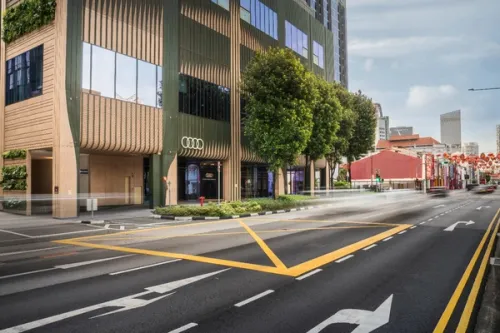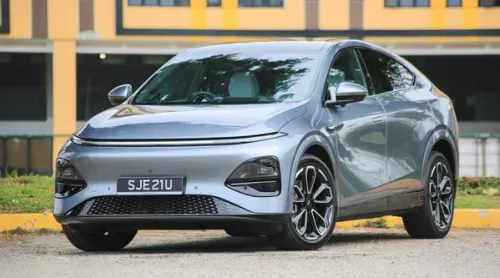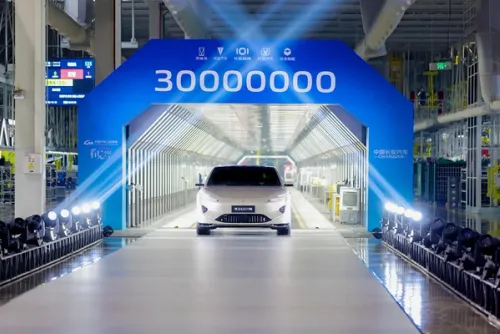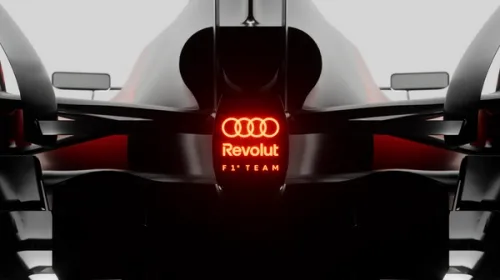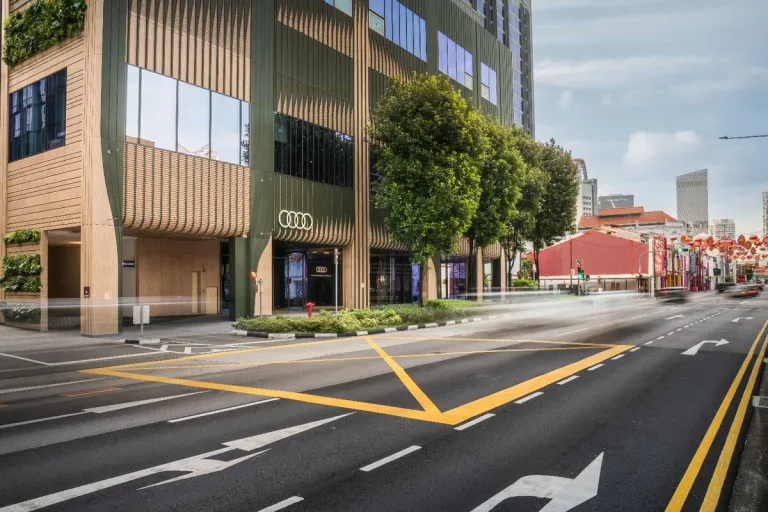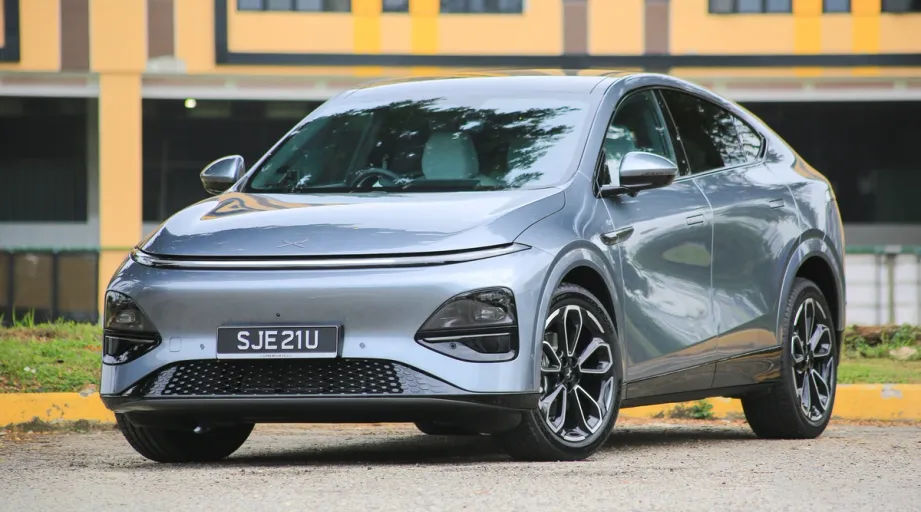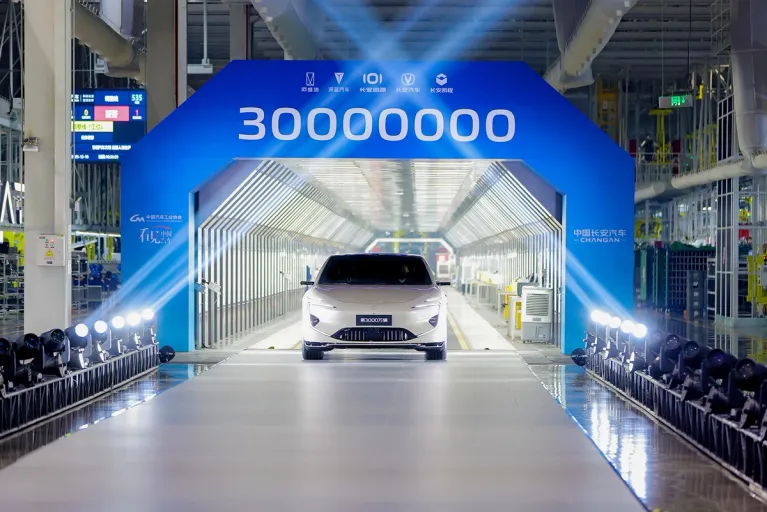Cousins from the Same Mother
Recently we took the SEAT Leon 1.2 TSI out for a road test, and we quite liked how the car handled. The design of the Spanish car was refreshing, and rather edgy. We couldn’t help look back at the Volkswagen Golf 1.2 TSI which we also tested some time ago to draw on the parallels that the two cars have.


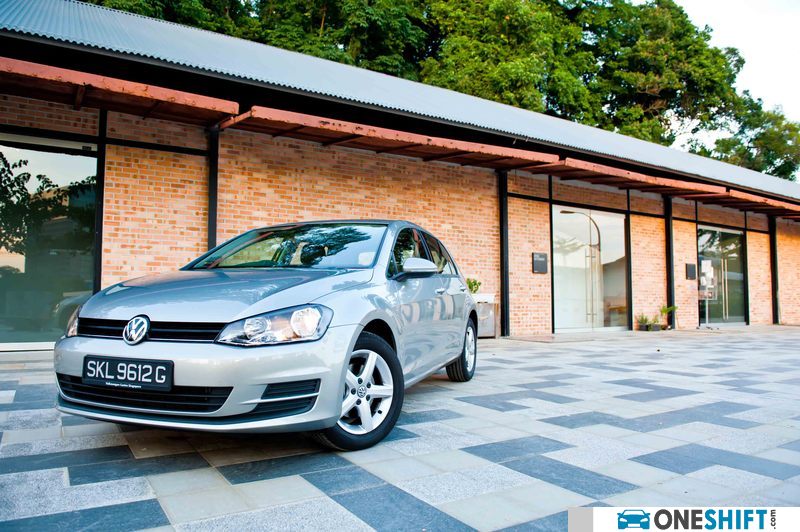
Recently we took the SEAT Leon 1.2 TSI out for a road test, and we quite liked how the car handled. The design of the Spanish car was refreshing, and rather edgy. We couldn’t help look back at the Volkswagen Golf 1.2 TSI which we also tested some time ago to draw on the parallels that the two cars have.
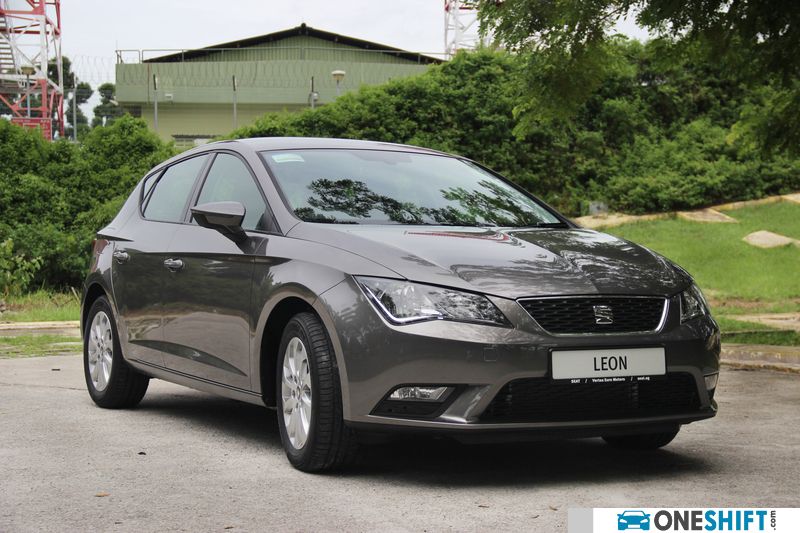
While Volkswagen does benefit from the brand advantage, we will attempt to dig deep to see which car that little bit better.
We were quite taken aback when we first got our hands on the Leon. The quality of the build, the uncanny resemblance to the offerings of the 1.2 TSI Golf made this car basically Spain’s idea of a Golf. Confused? So were we.
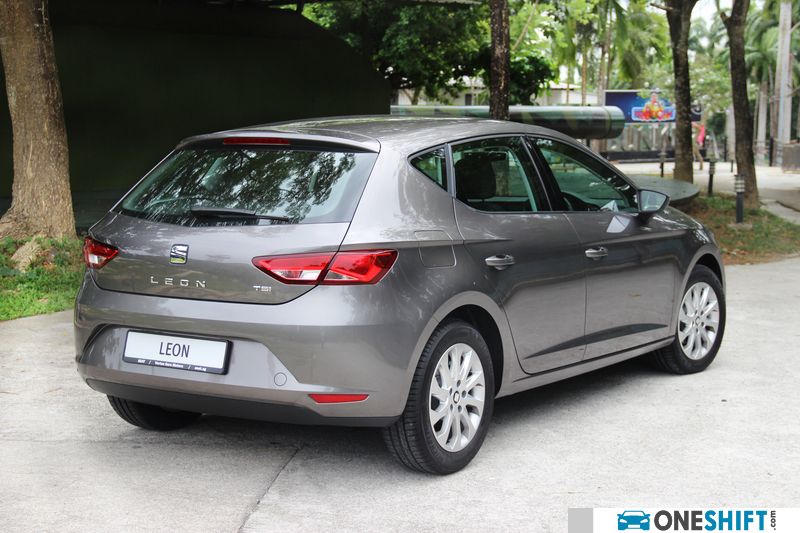
The SEAT’s wing mirrors really stand out and look the part. Following the same edgy creases that line the body, the pyramid-ish mirrors are really a thing to look at. There are refreshing creases wherever you look. The headlamps and tail lamps carry the same edgy design language of sharp crisp lines and acute angles.
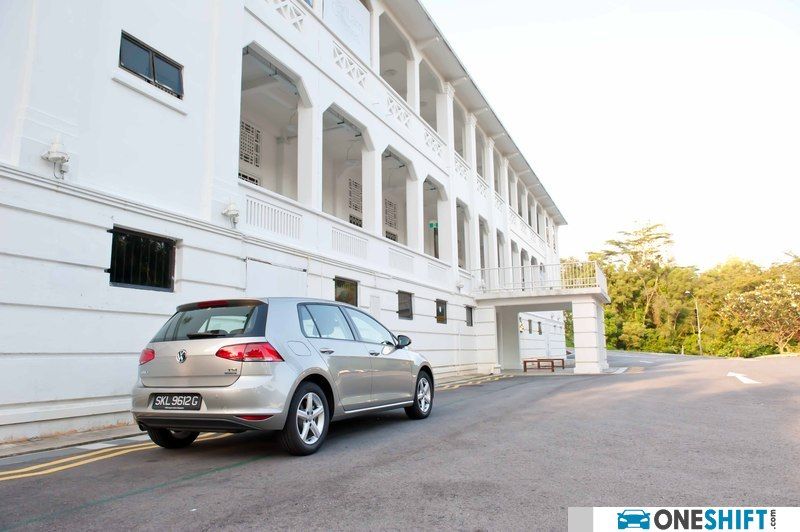
The Golf carries a more uniform feel to its design, with termination of most creases with the beginning of another design element. Against the SEAT, design is less fluid, creating strong-looking character. Both cars come equipped with 16” alloys, the Leon comes with what SEAT calls “Design” alloys, while the Golf gets VW’s “Dover” design. Drive comfort from both cars with the 16” alloys are comfortable and the smaller sized rims would also mean tyre changes at a lower cost, just in-case you may be wondering. The flip side to this, is that they do look marshmallow-funny on the cars.
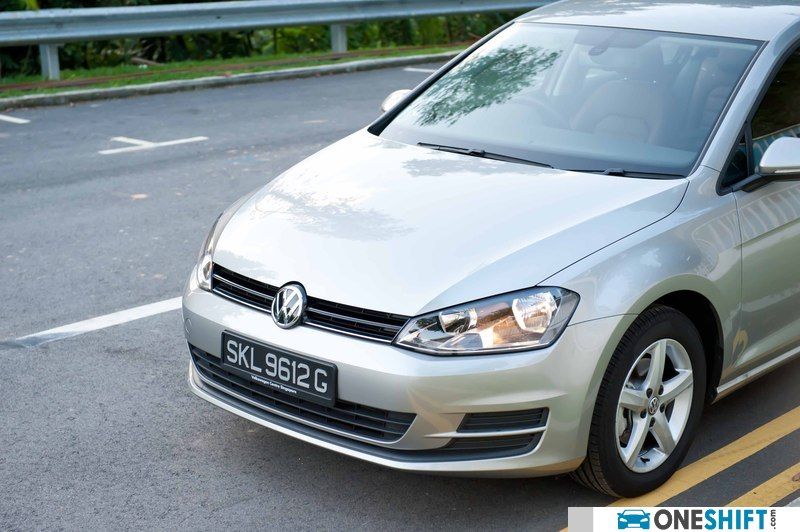
While both cars sit on the same MQB platform, and hence, would logically hold the same wheelbase, the SEAT is just a few mm longer than the VW. I believe that this would be the result of the bumper and body sculpting. Width and height differences are so minimal they are really not worth mentioning.
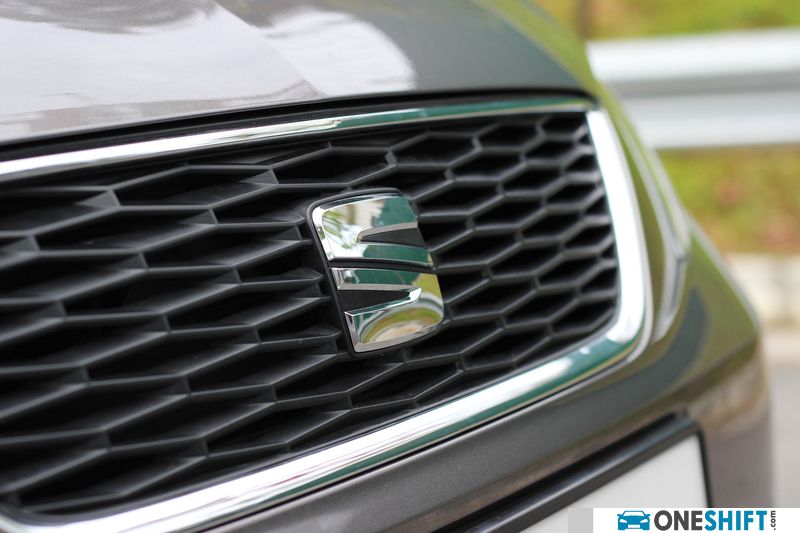
Dashboard design for the SEAT is neat. Chrome accents line vastly grey and piano black plastic surfaces. Neatly laid out in the middle of the dash, and in-between the air conditioning vents, is a 5” TFT infotainment screen greets you, providing toggles, car information and mobile connectivity. Below that, an SD card slot, and very familiar dual-zone air conditioning unit from the Volkswagen parts bin.
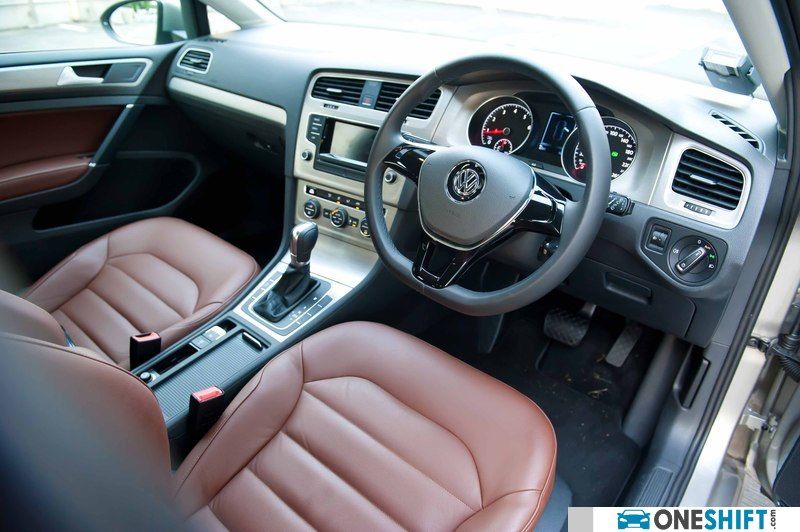
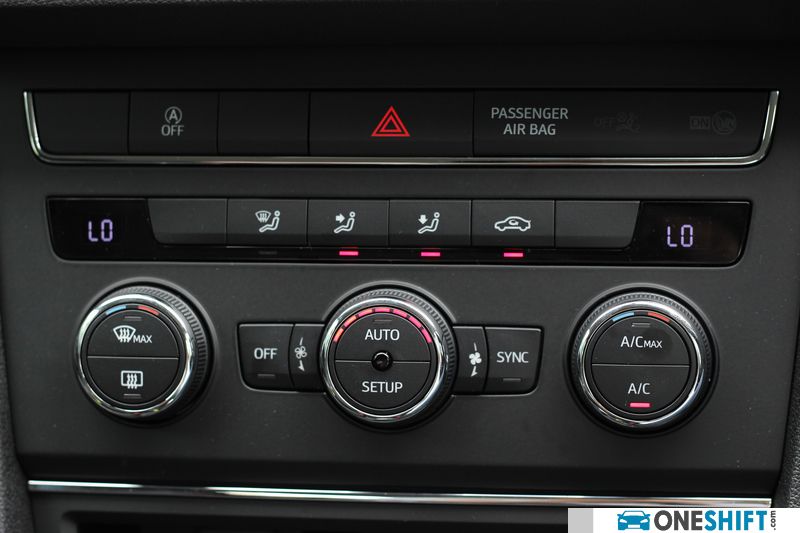
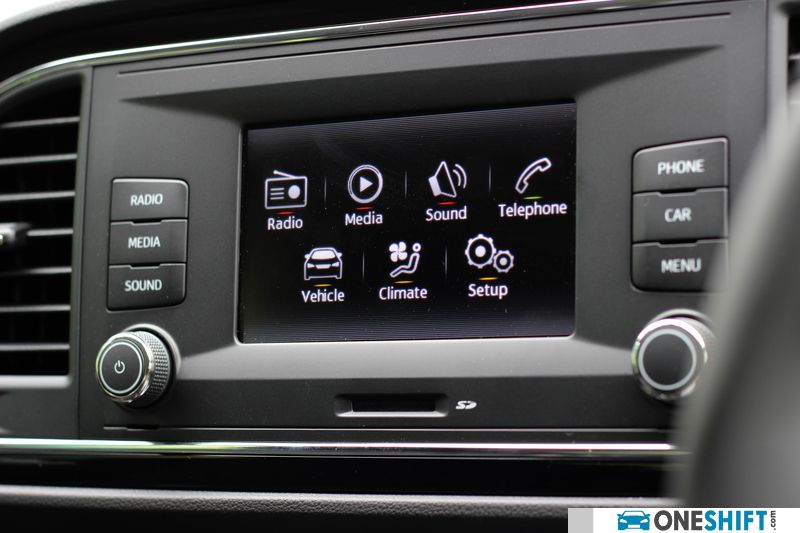
The Golf sports a less upright dash, featuring a very similar air conditioning unit, with dual-zone function. Side-by side middle air vents would mean that the 5” TFT display is sited lower than the one on the Leon.

Behind the wheel in both cars, reveal similar dimensions, how the steering wheel adjusts for reach and rake, even the rake angles are identical. We do however prefer the design of the Leon’s steering wheel, which seems overall better sculpted. Dials for both hatches are also extremely clear and easy to read.
Overall though, there is a bias towards the VW dash, as visually, everything seems more expensive looking and better laid out from a visual standpoint.
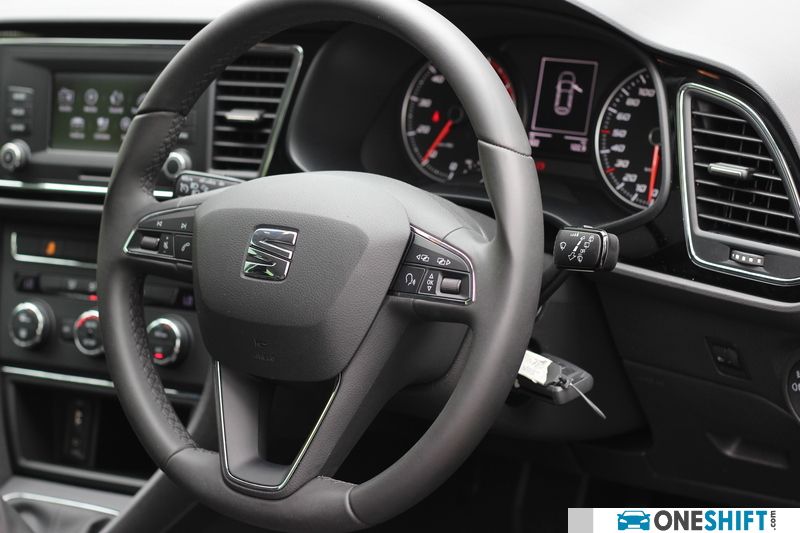
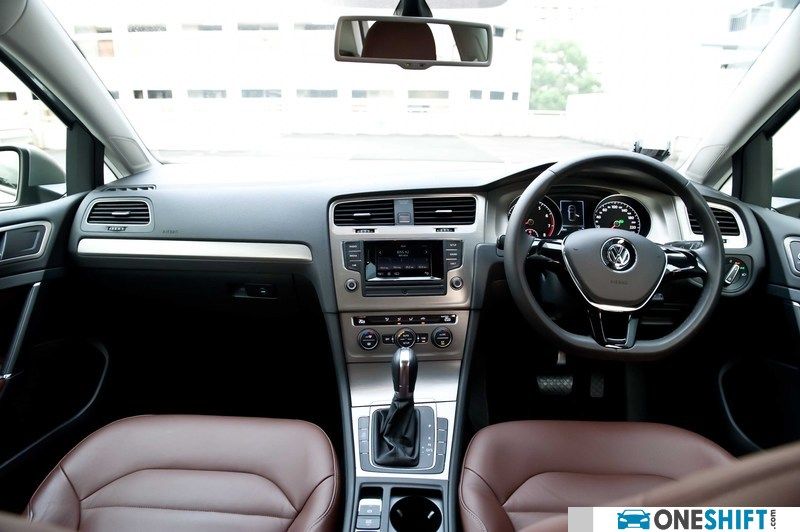
To gain access to the boot for both cars, you’d push in on the rear emblem and give it a lift as it pops out to become a handle. You get a very good 380 litres of boot space, dropping the 60/40 folding rear seats down reveals 1,150 litres for the Leon, and a more generous 1,270 litres for the Golf.
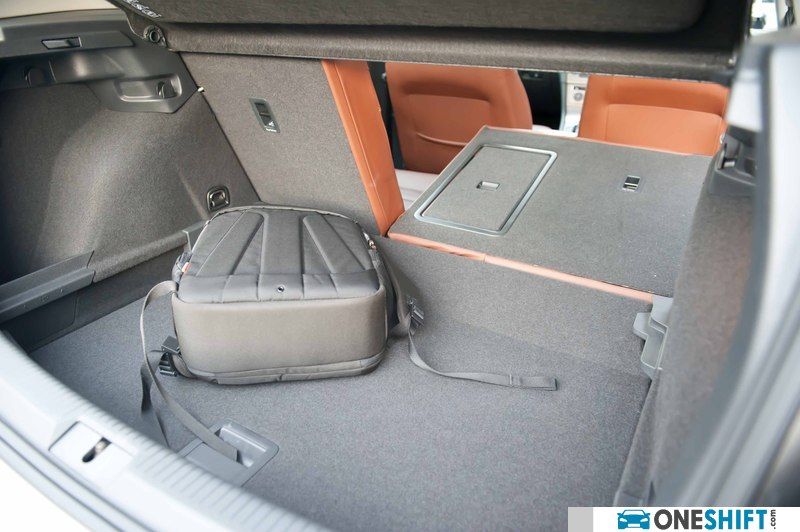
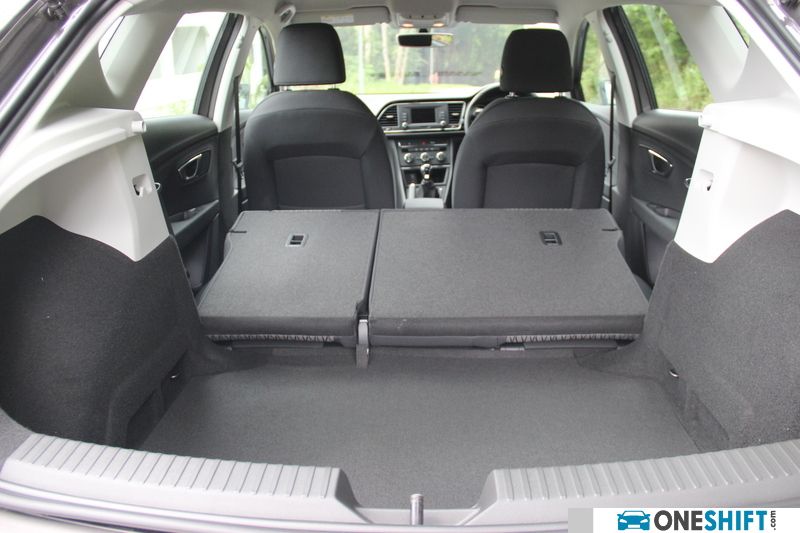
Ok now let us dig a little deeper!
Power for both cars from the same mother come from a four-cylinder 1.2 litre turbocharged unit, mated to a 7-speed DSG gearbox. The reason for the 7 ratios in a car with such a small engine is for fuel economy reasons. Meaning, as much as possible, the engines can be kept within the best of their power bands, switching cogs before the engines run out of puff.
The Golf produces 105bhp, while the Leon benefits from a 4bhp more, and 1 more Nm of torque versus the Volkswagen’s already impressive 174Nm.
While there is that added torque and power advantage, the Golf does benefit from a massive 106kg kerb weight difference, topping the scales at 1,229kg.
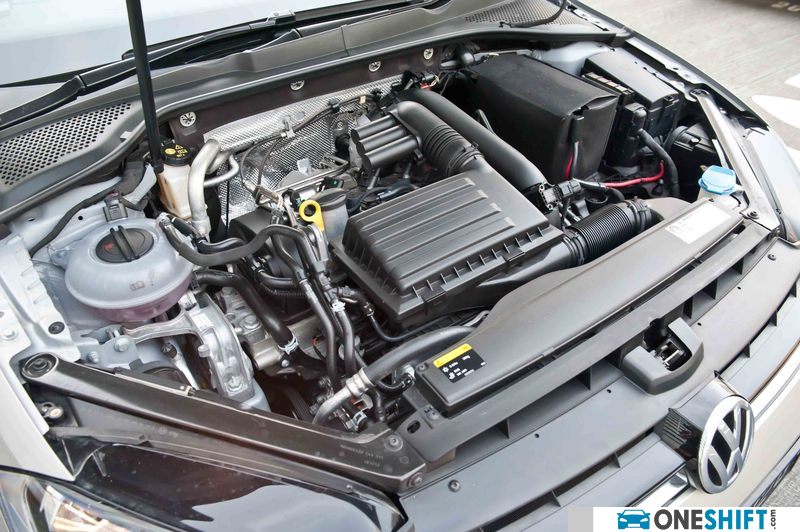
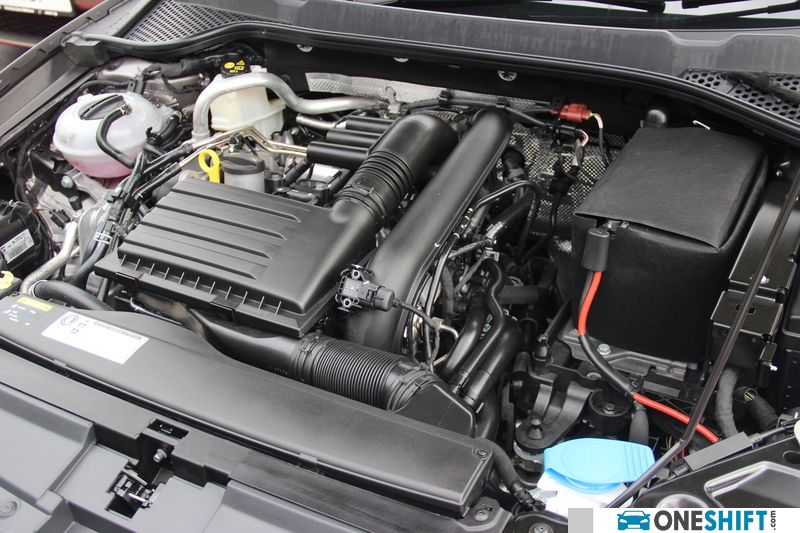
But good question dear friends, what would that weight advantage give the Golf? Well, century sprint timings tell a different story. The Leon actually beats the Golf’s 10.2s sprint timing by 0.3s. Fuel consumption figures too show a SEAT advantage, with 20.4Km/L of fuel used, versus the German car’s 20.0Km/L.
Maybe that could be the thing that turns the tide in the SEAT’s favour?
But here is where the Golf does shine, the insulation, against outside noises is better, an adjustable boot floor to provide more room, or just for you to easily load and unload items. Boot access from the centre armrest, just in-case you have got yourself a long pointy item in the boot, and you need to haul another three people around. An electrically operated parking brake versus the Leon’s handbrake lever (not that it is a bad thing). And somehow pitting car for car, there is that added feel of luxury that the German car exudes. All this, and also going for about $1,000 less (at $104,400 - 4 November 2016), than its Spanish cousin from the same mother.
Credits:


Get the Best Price for your used car
from 500+ dealers in 24 hours

- Convenient and Hassle-Free
- Consumer Protection
Transparent Process
With No Obligation
